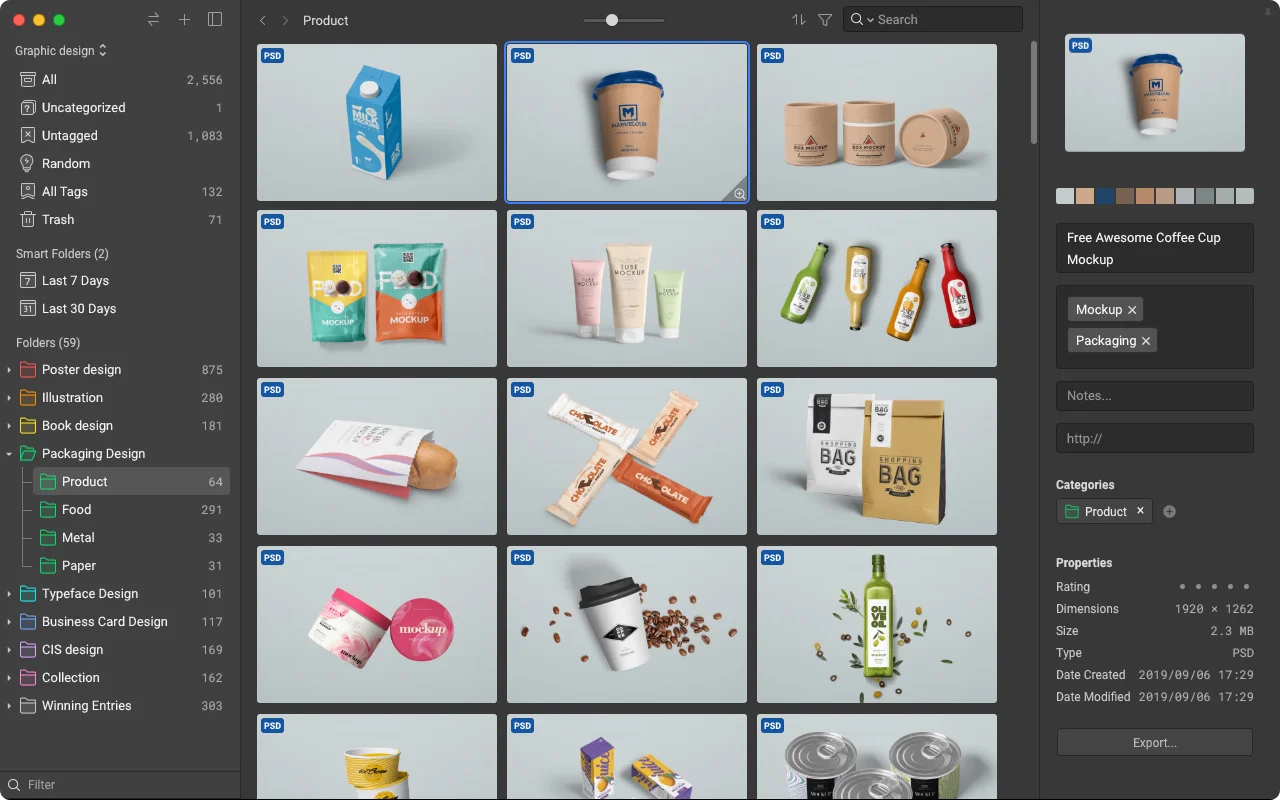The rise of a wide range of mobile devices – smartphones, phablets, mini-tablets and tablets – has revolutionized the world of web design. Most of us used to design for PCs and laptops just a couple of years ago, and had to worry only about making the websites work on different kinds of browsers and browser versions. But, the advent of mobile has made it mandatory for all designers to strive for mobile-friendly websites. While some businesses choose to build a separate website for mobiles, most web designers prefer building responsive websites.
If you are planning to develop a mobile-responsive website, you have to rethink the designing process for keeping in mind the needs of multiple mobile platforms and screen sizes. While it is not possible to cover every single aspect of mobile-friendly design in one article, we hope to offer cover the most important points related to mobile website design.
How can you design a fantastic website that works well with all mobile devices on your first try? Are there any secrets? We don’t know about secrets, but here are some critical guidelines that you need to keep in mind when you are trying to design delicious websites that rock smart mobile devices!

Keep it Simple
Design your site according to your user’s mind. Your website needs to be accessible to the least intelligent users and it has to impress the smartest users. Simplicity is a must to increase website’s friendliness to mobile. How to make it simple, but awesome?
- Use simple layout and color theme
- Either light font colors on a dark background or a dark font color on a light background
- Readable font size, attractive fonts
- Avoid the involvement of tables, frames and other formatting
- Remove extra links and content that are not within the main content area
- Flash, Java and Pop Ups are strictly prohibited
- Reduce scrolling or remove scrolling altogether
These are just some of the ways in which you can strip away needless complexity from your website. Don’t follow any of these rules blindly: use the information that suits your specific web design project and discard the rest.
Decide the Touchscreen resolution

The mobile world contains different screen sizes and resolutions. Web designers have to set the resolution to match that of popular mobile devices.
Let’s take a look for some of mobile devices and their screen resolution
- Apple iOS – 320×480 screen resolution
- Android – 480×800 screen resolution
- Blackberry – 480×360 screen resolution
Tip: Mobile website with 320px width looks good on most popular mobile devices such as iPhone, Samsung and Nokia.
Focus on Navigation and User Input
Navigation is the trickiest part of a responsive web design. You can make your life a little easier by using jQuery plugins that automate most parts of this process. The following can serve as a good rule for basic websites:
- Use text link
- Keep core content the same
- Highlight selected links
- Reduce user text entry (Use Radio buttons, Checkbox to avoid writing)
- Use built-in device functions to take advantage (QR or bar code scanning, map for location)
- Give option to your mobile visitors to view the normal website
Don’t forget Device Orientation
Keep your site layout fluid as modern smartphones screen orientation change from vertical to horizontal by tilting the phone on its side. Also, do your best to make sure that the website looks perfect, irrespective of the device orientation.
Connect with Social Networks
Today we are living in social world, where we share everything on Facebook, Twitter, etc. Allowing your users to share something from your site helps your search rankings. Make sure that social buttons are available in your mobile site to post your mobile URL to Facebook, Google+, Pinterest, LinkedIn and Twitter. Just make sure that such buttons do not interfere with accessibility.
Use Analytics to Know your Audience

Many people use smartphones, but don’t assume that everyone has an iPhone or Android phone. Look into what devices your target audience prefer more with the help of analytics or research. If most of your target audience uses BlackBerry with a smaller screen, design accordingly. Tools that show your website analytics can be used to determine the sources of your web traffic.
Testing and Implementation
There are lots of testing tools and devices available to help you see how your site looks across different mobile devices. Test your site in various devices, operating system versions and screen resolutions. But, sometimes such tools are not perfect; so, let your final testing be on the original devices.
Final Words
Be creative and make a unique and fresh mobile website on the basis of the specific requirements. The above ideas and tips will help you avoid common mistakes and enable you to create websites that come alive on mobile devices.
Kinjal Adeshara here, working in Cygnet Infotech as a Blogger and Digital Marketer. She is interested to write articles on mobile application development services. She loves to share new and exciting content with readers. In her free time she prefer to surfing on internet and learn latest technology.












A good place to start is with the Bootstrap framework. You’ll be surprised how much you can style it up and people won’t realize that you started with it.